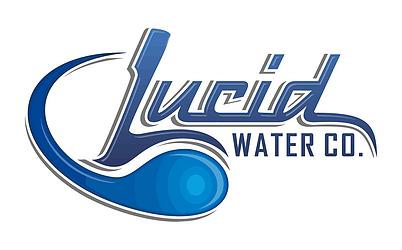Worried about Lead in your Water?
LEAD in your Water
Lead is everywhere in our environment. With significant reductions of lead in consumer products (such as paints and gasoline) over the past several years however, food and water are now the primary sources of exposure to lead. Its presence in drinking water is more likely in older homes and structures, built when lead-containing materials were routinely used in distribution and plumbing systems. In Canada, widespread installation of lead service lines occurred up until 1975. Additionally, the use of solder containing lead for new plumbing and in repairs to plumbing continued until 1986.
Lead is usually found in drinking water as a result of leaching from these distribution and plumbing system components such as service lines, solders and fittings. Therefore, the best approach to minimize exposure to lead from drinking water is to remove the full service line and to control corrosion in the distribution and treatment systems. Alternatively, drinking water treatment devices offer an effective option. There are a number of certified residential treatment devices available that can remove lead from drinking water, such as the system offered by Lucid Water Co.
Health Effects
The toxicity of lead has been extensively documented in humans, based on blood lead levels (BLLs). Effects that have been studied include reduced cognition, increased blood pressure and renal dysfunction in adults, as well as adverse neurodevelopmental and behavioural effects in children. The strongest association observed to date is between increased BLLs in children and reductions in intelligence quotient (IQ) scores. See graphic below for more.
Health Guidelines
In considering both treatment and analytical achievability and the health risks associated with exposure to lead from drinking water, the Federal-Provincial-Territorial Committee on Drinking Water has proposed a MAC of 0.005 mg/L (5 µg/L) for total lead in drinking water.
Testing your Water for Lead
If you are concerned that there might be lead present in your drinking water, the first step is to test your drinking water. You can either take a sample to a water testing laboratory yourself, or, if you live in the Metro Vancouver area of British Columbia, Lucid Water Co. can help you out. A representative from Lucid Water will come into your home and take a sample of your water and then drop it off at an independent lab at a cost of $50.00. The results will be emailed to you.
The Solution
If there is lead present in your drinking water, then Lucid Water can install an under counter filtration system at your sink. We use a triple stage filtration system, including a specialized filter cartridge for lead reduction – the Matrikx Pb1 cartridge. MATRIKX® Pb1® extruded activated carbon filters reduce soluble lead using an ion-exchange filter medium with high specificity for soluble lead. This filter meets the performance requirements of NSF/ANSI Standard 53 protocol for lead as well as turbidity and cyst reduction (including cryptosporidium, giardia, entamoeba and toxoplasma). Click here for more information on this cartridge.
Lucid Water’s triple stage filtration system is installed under your sink and a faucet is installed next to your existing faucet. There are a variety of faucet styles to choose from, and the costs vary depending on the faucet style you choose. If you live in the Metro Vancouver area, and you choose the basic faucet style like the one pictured here, the cost is just $305.00. This includes the installation. Rental options are also available. The filters will last you at least a year. Get a written quote here.
Lucid Water Co under counter filtration system
With the Lucid under counter filtration system, you can go ahead and drink lots of great-tasting fresh water without worrying about lead. You will also be doing your part to reduce your environmental footprint because you won’t need to buy those plastic water bottles anymore.



